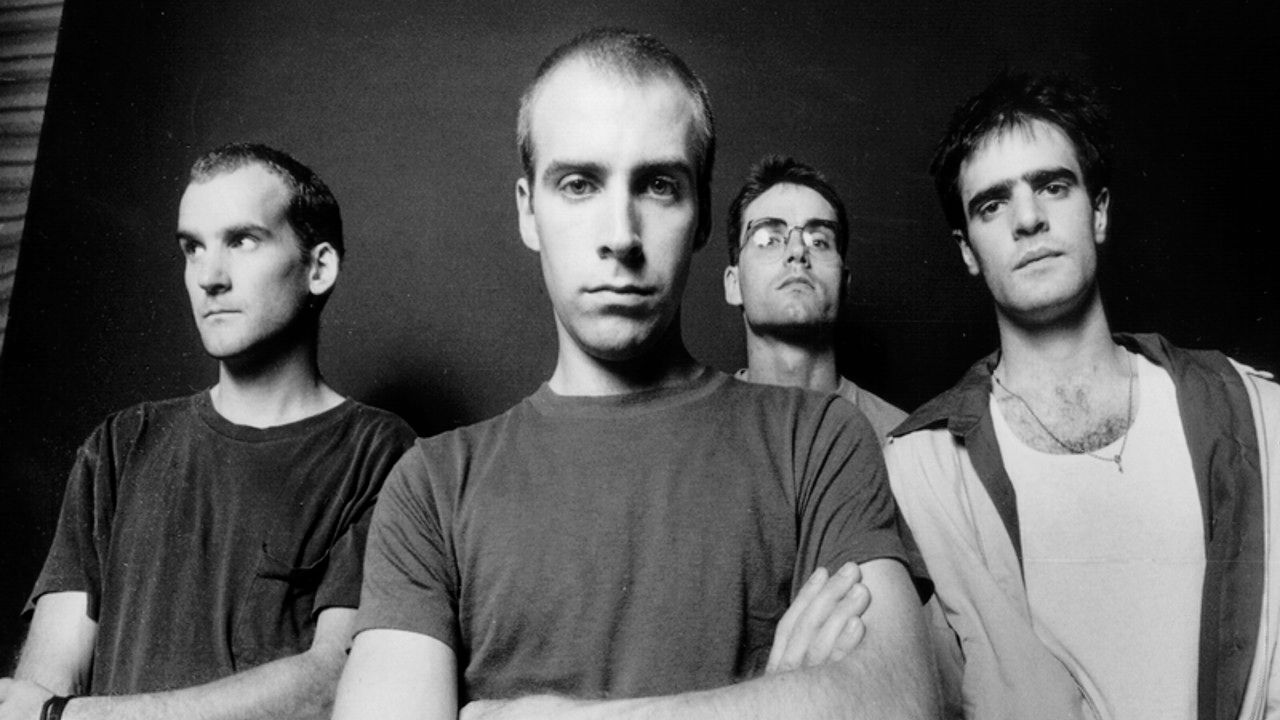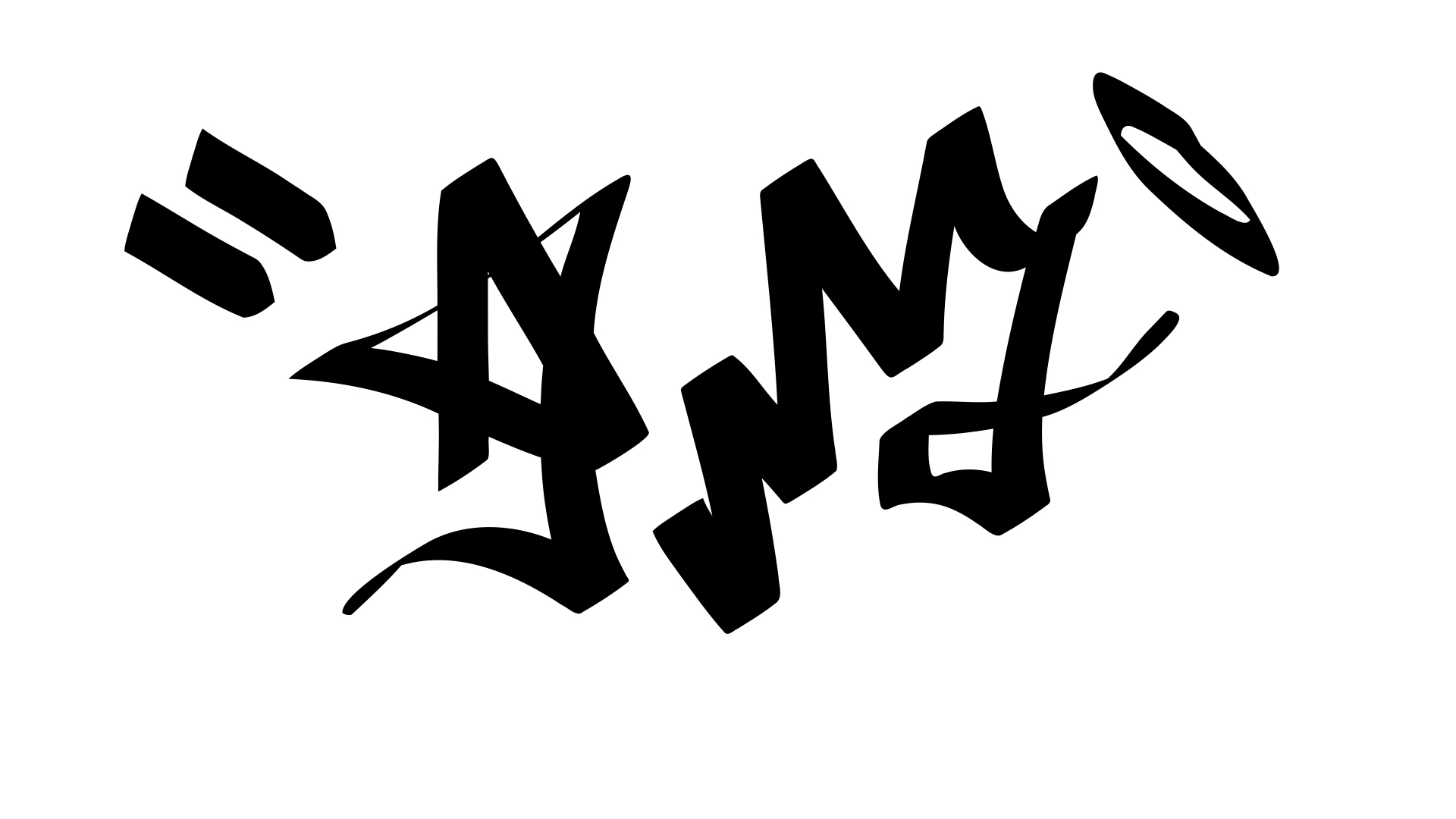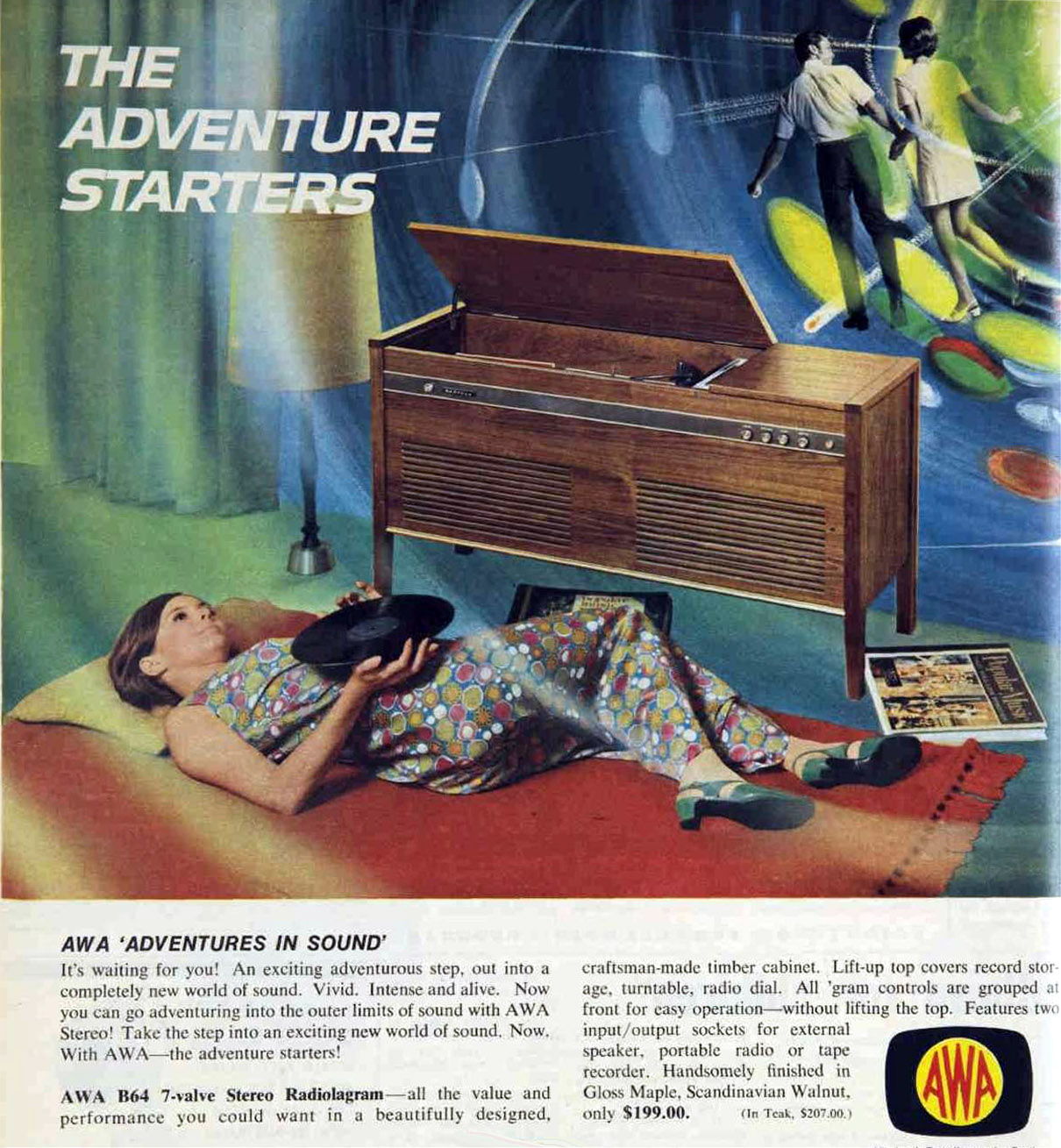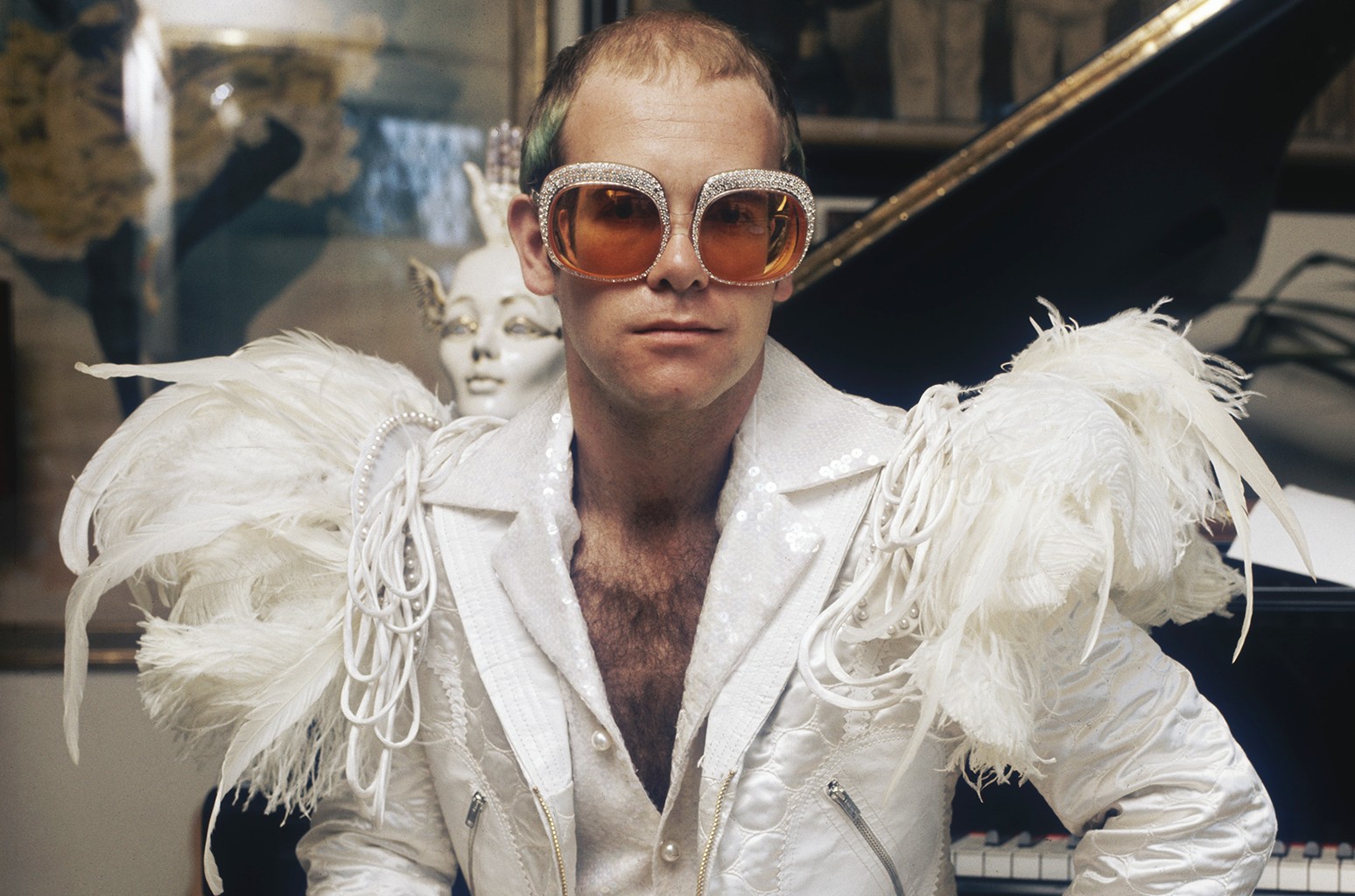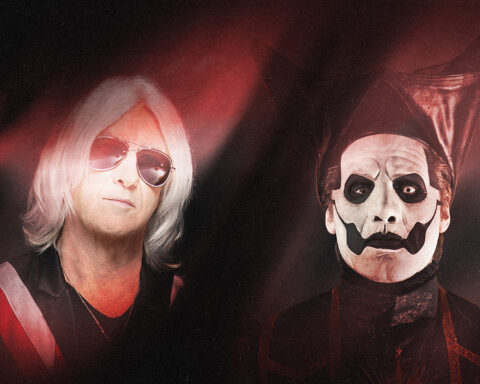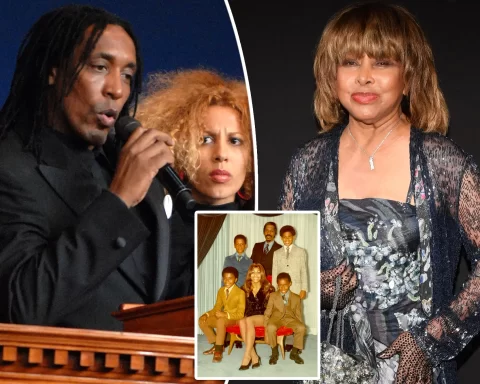Fugazi is an alternative rock band from Washington, D.C., built of artists arising from short-lived bands. They were established in 1987 and since then have performed over 800 concerts.
When the rock band Minor Threat separated, MacKaye decided that he wanted a similar project to The Stooges yet with a mix of reggae. He later stated, “My interests were not necessarily to be in a band but to be with people who wanted to play music with me.” So MacKaye reunited with old acquaintances, drummer Colin Sears and bassist Lally. They began regularly practicing together and booked their very first show at Wilson Center in September of 1987.
As they began taking on more gigs and having more consistent jamming sessions, they realized they needed a name for themselves. They came up with Fugazi named after Mark Baker’s ‘Nam,’ a collection of Vietnam War veterans’ stories. A year later, they set off on their first tour around Europe, following their E.P. titled Fugazi; the songs were later featured in Margin Walker. Later on, they had started to brainstorm ideas, lyrics, etc., for their alleged first album. However, the outcome of their work was deemed to be extremely unsatisfying. It was cut down to an E.P. Both the failed album and original E.P. were combined into a brilliant album titled 13 Songs. It was put out in 1989.
Their second album, Repeater, wasn’t “good enough” for billboard success, which is pretty much a shit statement. They performed 250 concerts behind Repeater for their loyal fans who had fallen in love with their music. Fugazi’s goal was to make their shows accessible for everyone. They only charged six dollars a ticket. During one of their first concerts, they sold out 1,000 venues around the world. And by 1991, the album sold over 300,000 copies with little to any promotion. This pulled masses of labels in the band’s direction, but they made it through their entire career without a deal from a single record label.
They produced Steady Diet of Nothing and offered Ted Niceley to produce it though he outright turned down the offer. It wasn’t at all a setback for them; they produced it themselves. It was too bad that Ted turned it down. Their loving fans highly anticipated the album; therefore, six months before the release date, over 160,000 pre-orders were made.
Their fourth album, published in 1993, came out extremely unsatisfying to their ears though it was one of their first to hit billboard charts taking 153 of 200. It was titled, In on the Kill Taker. And it had brilliant range and depth to it. The album leaned more toward art-rock (which is a subgenre that holds experimental or unconventional elements that elevate rock.) This was indeed their breakthrough. Considering the wave of alternative rock in the 90s, it might have significantly impacted their success. The album was a hit that received TIME’s and even the Rolling Stone’s attention. It also entered Billboard album charts. They began rapidly touring behind it. The albums Red Medicine and End Hits followed, reaching 126 and 138 on Billboard charts.
2001’s album, The Argument, was just genius. Each bandmate brought a log to the fire, and after some time, it became a vast bonfire that fans warmed themselves around. “We recorded them all very different in terms of the drum sounds,” said Canty. The album was described as “spine-tingling” and “ear-shattering”; it “touched strange new territory.”
However, they went on an extended hiatus after their 2002 U.K. tour. They claimed they needed more time to be with their families. Yet, a few years later, rumors circled a lot about the band’s reunion. They were assumed to come back to headline the Coachella festival. MacKaye said that they are not broken up; they sometimes play together, privately, that is. For years they were bribed with insane amounts of money to come back and play for various shows, but as they said, “it’s not going to be money that brings us back together, we would only play music together if we wanted to play music together and time allowed it.”
